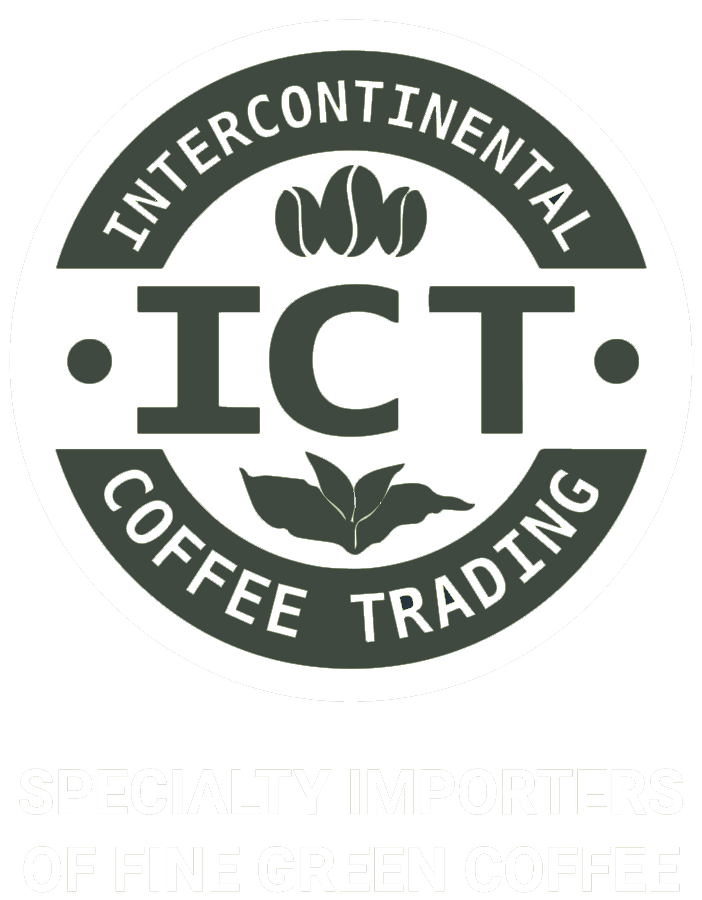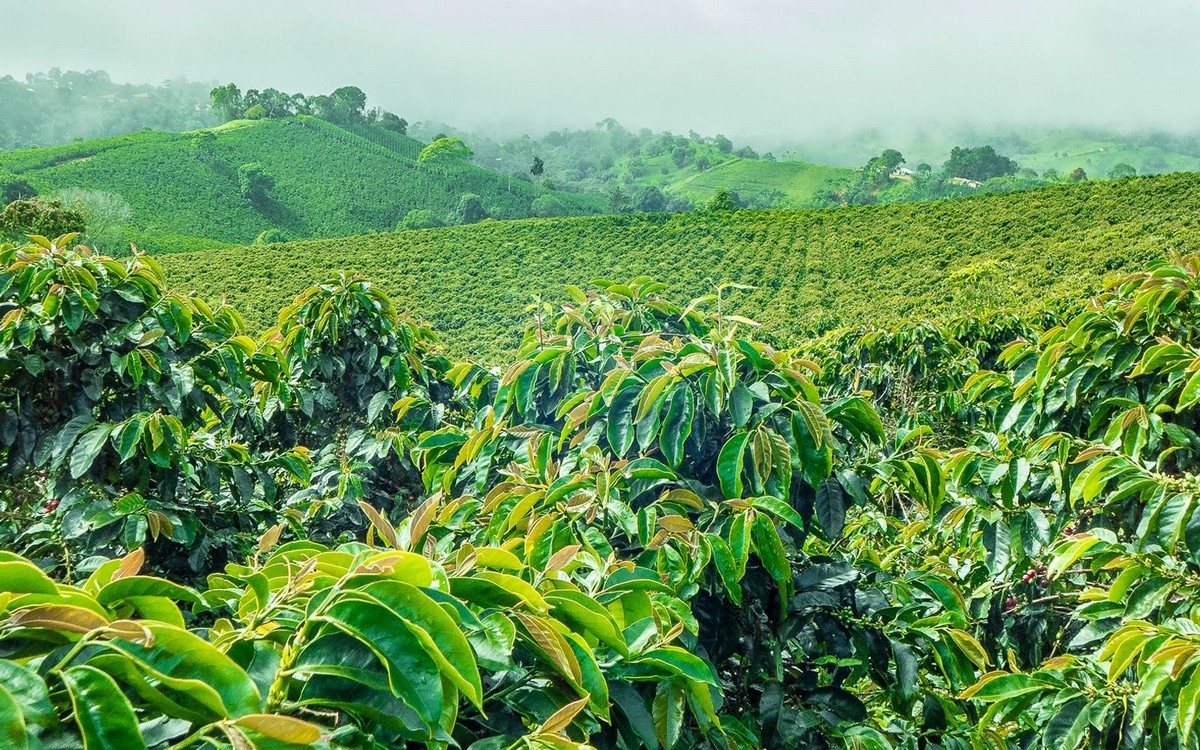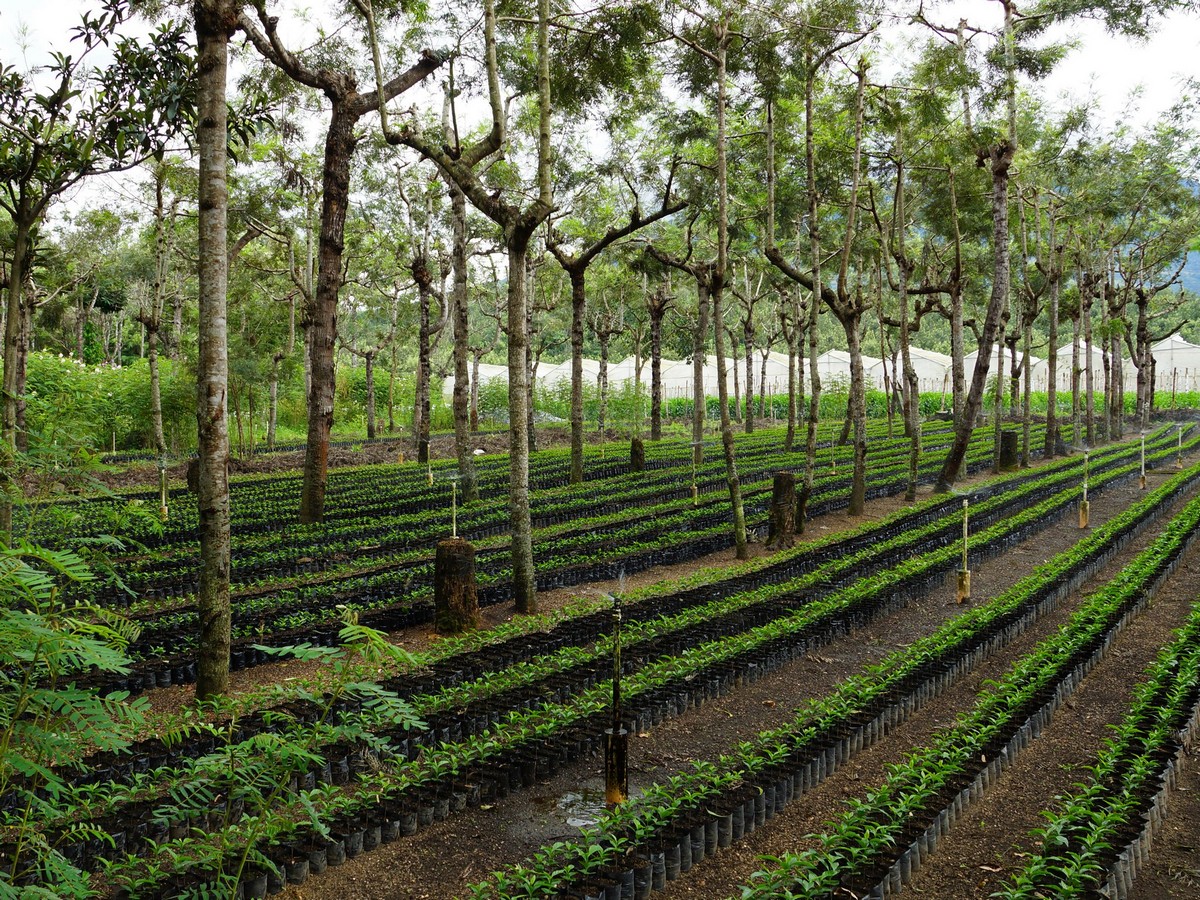Guatemalan Coffee
GUATEMALA
PROCESSING: Mostly washed, with microlots in honey and natural becoming increasingly available.
HARVEST PERIOD: December – April
ARRIVAL PERIOD: April-June
ANNUAL COFFEE PRODUCTION: 3.5 – 4.5 million bags
Varietals
Acatenango
The Acatenango Valley produces coffee which is aromatic and balanced, with a medium body and sweet, clean finish. The nearby Fuego volcano is responsible for highly fertile, loamy soil.
Antigua
Antigua is one of the most famous names in coffee, and justifiably so. Antigua is internationally renowned for its high-quality coffees. This region is located between three volcanoes in a valley with a climate perfect for cultivating coffee. The soils are young and optimal for coffee. Altitude is between 4,600 and 5,600 feet. Guatemalan Antigua coffee boasts a full and velvety body, a rich and lively aroma, and a fine acidity. Bourbon, Caturra, and Catuai coffee are the main varietals.
Coban
The Cobán region is considered to be among the finest areas in Guatemala for coffee cultivation. Cobán coffees are known as full-bodied with a gentle, deep profile and soft mouthfeel.
Huehuetenango
This region crosses the Cordillera de Los Cuchamatanes and reaches elevations over 3500 meters. It is located on the border with Mexico, and coffee is planted in the regions between 5,000-6,000 feet. The subtropical and humid climate contributes to the coffee beans’ beautiful appearance and uniform maturation, with the beat examples featuring winey acidity and great depth. high-quality cup.
Nuevo Oriente
Nuevo Oriente is located over a volcanic range and the soil consists of metamorphic rock and clay. Coffee is grown at elevations of about 1,400-1,600 meters. This area is drier than Cobán or Antigua, with rainfall averaging 1,800-2,000 mm per year. Coffees from Nuevo Oriente are aromatic, have a marked acidity, and a good body.
Quiche
Quiche Department is located in the Northwest region of Guatemala. It is dominated by tropical forests above 5,000′ of elevation. The population is overwhelmingly of Mayan descent, including most coffee farmers.
San Marcos
San Marcos is the hottest and wettest of Guatemala’s coffee regions. It is named for Volcan San Marcos, and the soil is rich in minerals as a result of the volcano’s presence. Coffees tend to be refined and delicate, with a pronounced floral character.


